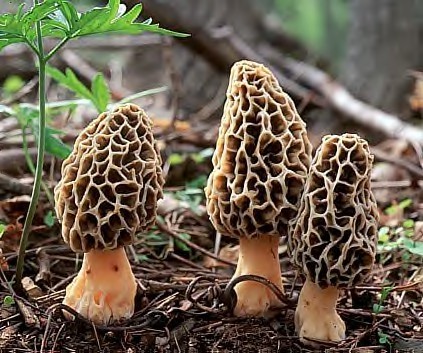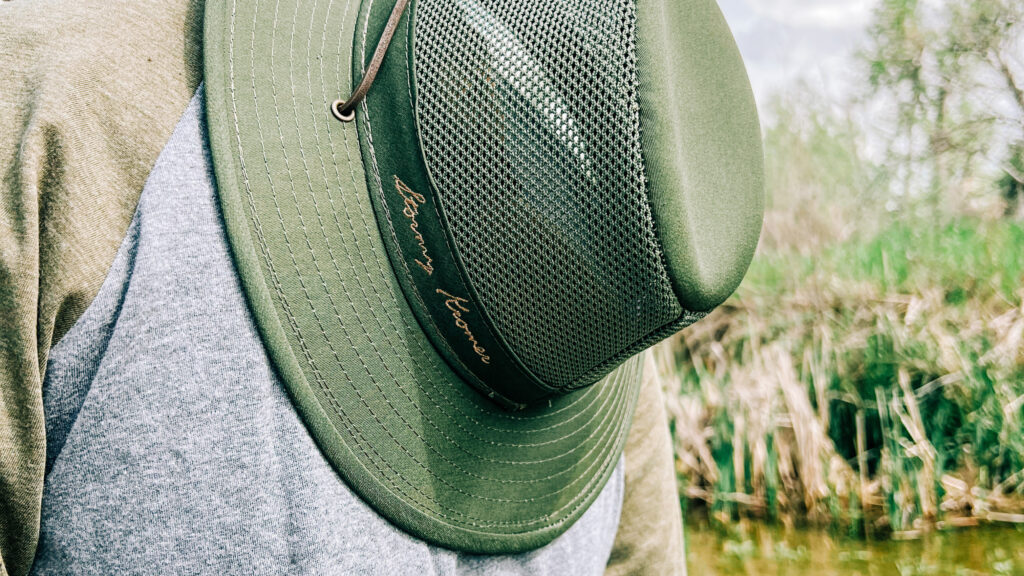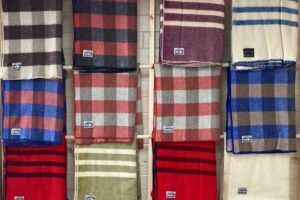Morel mushroom hunting has become a favorite hobby for many, and it’s easy to see why. It’s an opportunity to get outdoors and explore nature while also enjoying some of the most delicious and sought-after mushrooms in the world. Discover everything you need to know about when, where, and how to become an expert at unearthing these tough-to-find gems.
How to Find Morels
For the most part, you can usually find morels starting in mid-April. However, the Midwestern US is blessed with a variety of climates, so this timing might change depending on where you’re located. Once it starts, the hunting season can last up to six weeks, depending on the weather. The ideal time to search for morels is when the soil temperature reaches about 50 degrees Fahrenheit, usually after a few days of warm spring weather and some significant rainfall. When the trees start budding, it clearly indicates that you need to be on the lookout.

Morels grow in forests, particularly near the edge of clearings or old orchards, and they avoid overgrown areas. If you want to find morels, you need to venture into the woods, preferably places with river elm, tulip or sycamore trees. Morel mushrooms thrive in areas with this mixture of trees. If you know of any sites that were burned in the last few years, morels love to thrive among ashes, so you may want to start your hunting there.
Morels are usually somewhat difficult to spot since they blend in with their surroundings. They are well camouflaged in the woods and can be challenging to see at first glance. Morels can often be found near dead or dying trees, so pay close attention to these areas. Your best bet is to study two to three feet of the forest at a time so you can really scour the leaf-strewn floor. Keep an eye out for a cap that resembles a honeycomb or a sponge. If it’s brown with a tan stem, you may have found a morel.
Keep in mind that morels tend to grow in patches. If you’ve located one of these illusive mushrooms, make sure to give the surrounding area another look before you continue on your way. Once you’ve spotted the first one, its neighbors will start to jump out at you until you’ve got a nice harvest of morels.
How to Harvest Morels
These mushrooms are fragile and must be handled with intention, picked from the stem. Just like with any mushroom, there are a lot of different opinions on whether you should cut, pinch, or pull the fungi from the ground. Whatever method you choose, make sure to give the mushrooms a slight tap to remove any dirt or insects before you stow them in a mesh or paper bag.
Crucial tip: Be aware of false morels, which could be toxic. Real morels are typically longer than they are wide, for example, while false ones have a wider top. One of the best ways to tell, however, is that real morels are completely hollow inside. So if you’re in doubt, we recommend simply cutting it in half. And, of course, while our tips are great, remember to never eat anything you forage unless you are 100% certain you’ve identified it correctly.
Morels are a delicacy and can be cooked in various ways, ranging from frying, sautéing, and as additions to stews. Before cooking, it is important to rinse away any dirt or debris and remove any bugs in the nooks and crannies. Add them to any dish you choose, and the flavor will add another dimension to the recipe.
Morel mushroom hunting offers a great way to connect with nature while also reaping the benefits of these flavorful mushrooms. With these tips, you should be set to head out on your next morel mushroom hunting trip. Just be sure to grab them before they’re gone.

Photo by Melody Turner (@melodymaephotography ) featuring The Mesh Hiker







